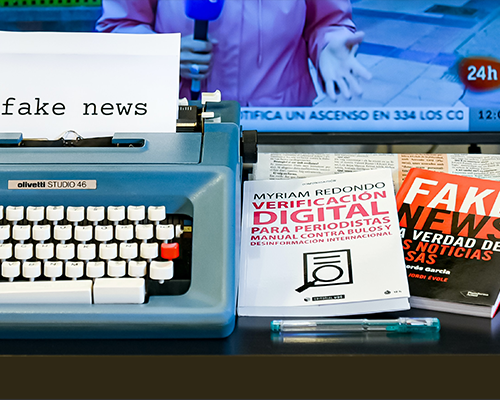Building Trust in the Age of Fake News: Ensuring Credibility in Digital Publishing
In today's digital age, where information is abundant and easily accessible, distinguishing fact from fiction has become increasingly challenging. The proliferation of "fake news" has eroded public trust in media, making it imperative for digital publishers to prioritize credibility and accuracy. This article offers a comprehensive guide for publishers to navigate this complex landscape and establish themselves as trusted sources of information.
The Impact of Misinformation
Before diving into solutions, it's essential to understand the profound impact misinformation can have.
Consequences:
- Eroded Public Trust: When readers encounter false information, their trust in media as a whole diminishes.
- Misguided Decisions: Misinformation can lead to readers making decisions based on false premises.
- Damage to Reputation: For publishers, even a single instance of misinformation can tarnish their reputation for years.
Pillars of Trustworthy Publishing
To combat the tide of misinformation, publishers must adhere to several foundational principles.
Accuracy:
- Fact-Checking: Employ a rigorous fact-checking process for every piece of content.
- Citing Sources: Always cite reliable and original sources for any claims or data.
- Transparency: If errors are made, correct them promptly and transparently.
Independence:
- Avoiding Bias: Strive for objectivity and avoid any potential conflicts of interest.
- Editorial Integrity: Ensure that editorial decisions are not influenced by external pressures, such as advertisers.
Fairness:
- Balanced Reporting: Present multiple sides of a story, giving readers a comprehensive view.
- Right to Reply: Allow individuals or entities mentioned in a story a chance to respond or offer a counterpoint.
Practical Strategies for Building Trust
In the battle against misinformation, actionable strategies are the publisher's best defense.
Utilize Fact-Checking Organizations:
- Third-Party Verification: Collaborate with organizations like FactCheck.org or PolitiFact to verify contentious claims.
- Fact-Checking Tools: Use tools like MediaWise or Snopes to cross-check information.
Foster Reader Engagement:
- Open Channels of Communication: Allow readers to report errors or questionable content.
- Feedback Loop: Regularly engage with readers, addressing their concerns and feedback.
Training and Development:
- Continuous Learning: Ensure that editorial teams are trained in the latest fact-checking techniques.
- Workshops: Conduct workshops on understanding biases, verifying sources, and recognizing misinformation.
The Role of Technology in Combatting Fake News
In the digital age, technology is both a challenge and an ally.
AI and Machine Learning:
- Automated Fact-Checking: AI can scan vast amounts of content quickly to identify potential falsehoods.
- Pattern Recognition: Machine learning can detect patterns typical of fake news stories or unreliable sources.
Blockchain:
- Immutable Records: Blockchain can be used to create tamper-proof records of published content, ensuring authenticity.
- Source Verification: Track the origin of a piece of information or image, ensuring it hasn't been altered.
Case Studies: Publishers Getting It Right
Several publishers have set exemplary standards in ensuring credibility.
- The New York Times: Their transparent corrections policy and rigorous fact-checking have set industry standards.
- BBC: Their "Reality Check" team specifically addresses false claims circulating in the public domain.
Conclusion
Building trust in the age of fake news is neither quick nor easy. It requires a combination of adhering to journalistic principles, employing rigorous fact-checking processes, leveraging technology, and maintaining an open dialogue with readers. Publishers that prioritize these elements not only safeguard their reputation but also play a crucial role in upholding the integrity of the media landscape.
